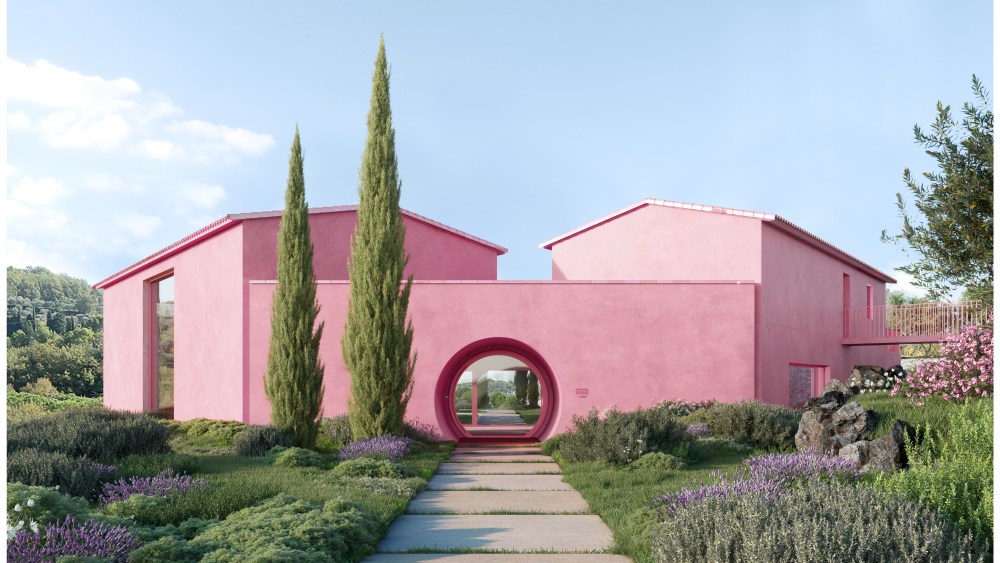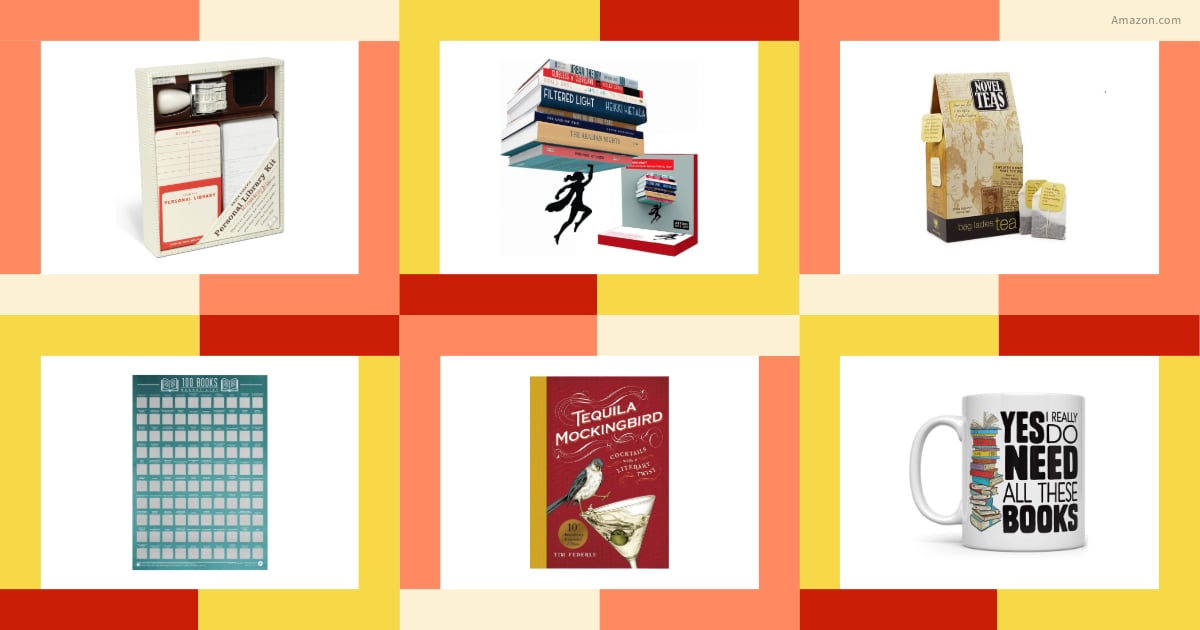PARIS — L’Oréal chief executive officer Nicolas Hieronimus painted a picture of the beauty market today — and tomorrow — during a call Wednesday morning with financial analysts and journalists.
He addressed them following the company’s release of second-quarter and first-half 2024 earnings, after the close of the Paris bourse Tuesday.
In the first six months of the year, L’Oréal net profits rose 8.8 percent to 3.65 billion euros on sales that gained 7.5 percent on a reported basis and 7.3 percent in like-for-like terms to 22.12 billion euros.
Related Articles
Shares of L’Oréal, the maker of Lancôme, Yves Saint Laurent and Garnier products, closed Wednesday up 2.1 percent to 400.65 euros.
The company estimates that in the first half, the global beauty market grew between 5 percent and 6 percent.
“We outperformed again, and that is after three years of exceptionally strong share gains,” said Hieroniums, adding L’Oréal’s growth has been well-balanced between value and volume since the start of the inflationary crisis in 2021.
In the half, L’Oréal’s product category growth was led by hair care, with sales advancing 14.9 percent to 3.5 billion euros, and fragrance, with sales advancing 14 percent to 2.6 billion euros. They were followed by makeup, skin care and hair color.
Hieronimus noted strong growth in all retail channels — with online sales gaining 7.8 percent and offline sales increasing 7.2 percent. Online has been a real game-changer in emerging markets, where it grew three-times faster than offline.
The worldwide beauty map is being redrawn. The top-three geographies contributing to the L’Oréal’s sales gains were the U.S., Mexico and DACH cluster, comprising Germany, Austria and Switzerland.

“We are becoming a more balanced company. In the first half, the size of our business in emerging markets equaled that of mainland China, which means they now have a real impact,” Hieronimus said.
North Asia, a key market, was discussed at length. There, L’Oréal’s sales were down 1.7 percent on a like-for-like basis.
“Let me help you unpack that number,” he said, beginning with mainland China, which accounts for two-thirds of the region’s sales. “After a very slight recovery at the start of the year, market growth turned negative in the second quarter, as the comparison base was very high. And we are not seeing any pickup in consumer confidence, which is critical to growth in beauty.”
Overall, L’Oréal estimates that beauty market was down 2 percent to 3 percent.
“Within that, there was a huge divergence in trends,” Hieronimus said. “Mass was up slightly, while luxury was down in high-single digits. In that context, we grew plus 0.8 percent and continued to outperform the market.”
In the region, L’Oréal gained share in three of its divisions — especially Luxe, which outpaced the market by six points. Dermatological Beauty has grown threefold in mainland China, and now accounts for 11 percent of group sales there.
In Hainan, the Chinese island that’s a duty-free shopping destination, the beauty market was down 30 percent.
“We are seeing a steady increase in arrival numbers, but the conversion rates remain soft,” Hieronimus said.
There, L’Oréal slightly outperformed the market in sell-out, and continued to gain share, while sell-in is progressively improving quarter after quarter.
Elsewhere in North Asia, growth was up in the mid-teens, driven by dynamic trends in travel retail and robust increases in markets such as Japan, thanks to a surge in tourism.
Hieronimus looked to the future, too, reiterating that L’Oréal expects the beauty market to remain dynamic and grow about 4.5 percent this year — slightly above the 4 percent long-term average.
“In North Asia, we don’t see really much change in the second half,” Hieronimus said. “We expect growth in mainland China to remain slightly negative, and travel retail sell-in to gradually improve. Emerging markets should maintain the double-digit rhythm.
“Growth in Europe should continue to normalize with less value, as it already has in the U.S.,” he continued.
He said, to put things in perspective, if the global beauty market grows by 4.5 percent every year, that would add an extra 100 billion euros by 2030.
“Which we would be more than happy to take an even more significant share of,” Hieronimus said.
More to Come
Recruiting new consumers is an important facet of L’Oréal’s growth.
“There is still plenty to do,” he said.
L’Oréal estimates the total addressable beauty market consists of about 4 billion consumers, or about half the world’s population.
“Of those, we currently touch only around 30 percent,” explained Hieronimus.
In developed markets, the level is close to 60 percent, and in emerging markets, around 25 percent. Meanwhile, in North Asia, it stands at less than 15 percent.
“I believe we can reach 2 billion consumers in the next decade,” Hieronimus said.
Key to that will be emerging markets, where L’Oréal’s share is below average, “and where we are only at the beginning of our conquest,” he said.
New brands will be introduced into new geographies. In India, for instance, L’Oréal for years had focused exclusively on professional and consumer products. However, last year, for the first time, it launched CeraVe, its first Dermatologicial Beauty division brand in the country, and the group is now introducing some of its Luxe brands.
Market share gains in China are also being bolstered by the introduction of luxury brands, such as Aesop or Prada, the acceleration of CeraVe, as well as door openings in lower-tier cities.
L’Oréal’s market share in North America is 14 percent, below that of Europe, where it is 20 percent. Hieronimus said in North America growth will be fueled by a strong economy plus an increasingly multiethnic population obsessed with beauty.
“We are already seeing this with Gen Z and Gen Alpha,” he said.

Expansion opportunities in Europe include Central and Eastern Europe. There, consumer purchasing power and beauty sophistication are increasing.
“In Poland, where our market share is around half that of France, we expect our business to double in the next four to five years,” Hieronimus said.
Different consumer clusters make for other recruitment opportunities.
By 2030, there will be an additional 200 million Baby Boomers, for instance. Today, they make up 21 percent of North America’s population and 18 percent in Europe. By the end of the decade, there will be 100 million more Gen Z consumers, who will account for about 12 percent of global beauty spend. One-third of the global Gen Z beauty consumers will be in the South Asia and Middle East/North Africa, or SAPMENA, zone.
Routine sophistication will help power the beauty market’s dynamism in the long term, too, according to Hieronimus. It all adds muscle to L’Oréal.
“We are the global number-one player in beauty — 1.6-times bigger than our nearest competitor — and size matters in beauty,” he said. “Barriers to entry may be coming down, but barriers to scale are only going up.”



